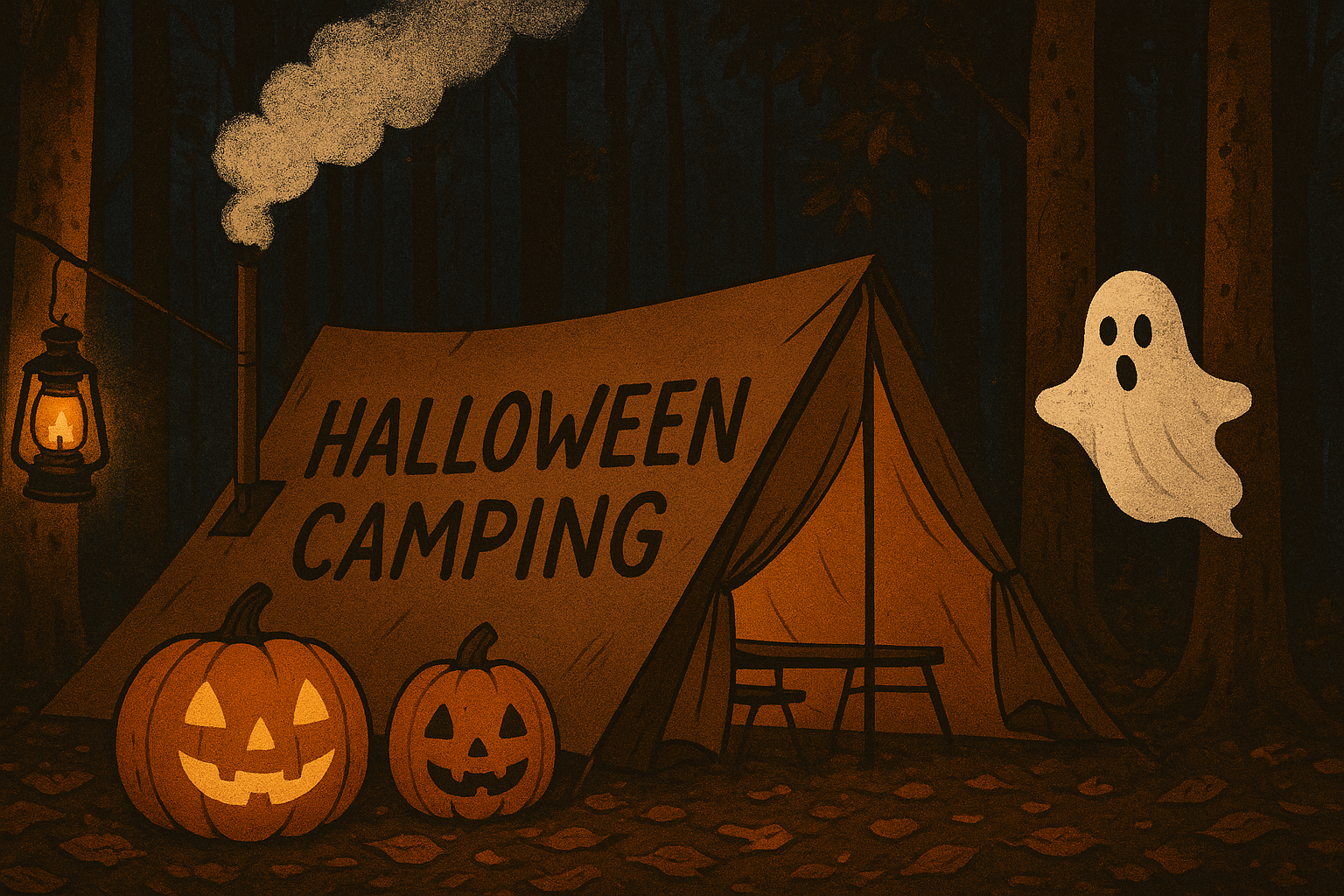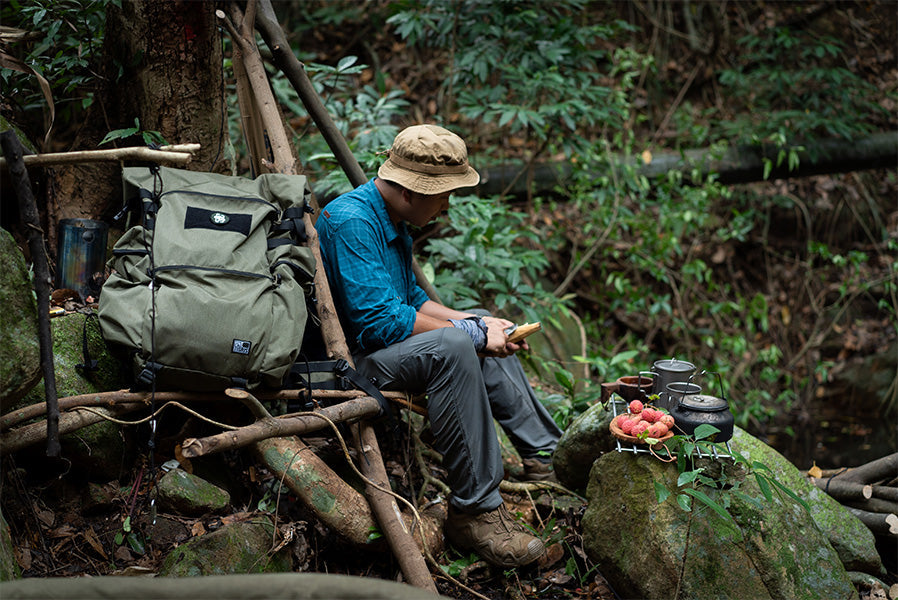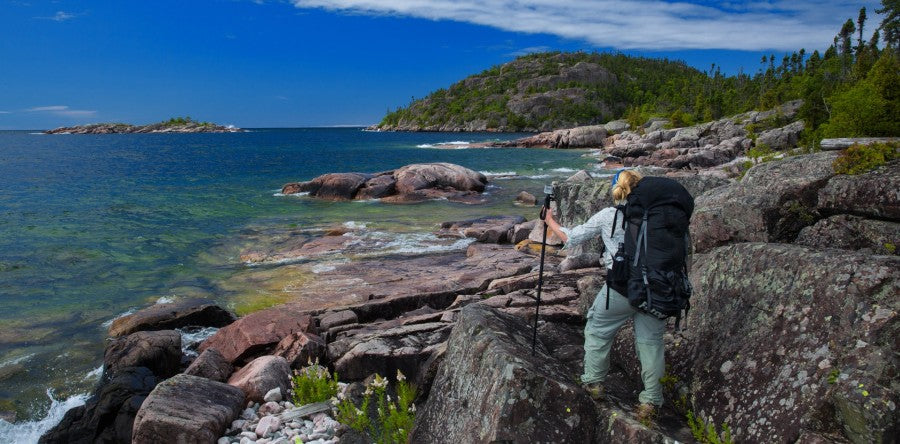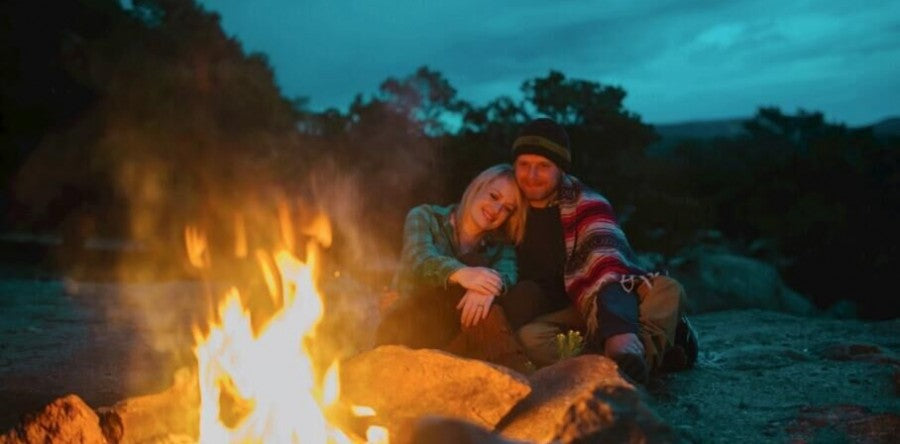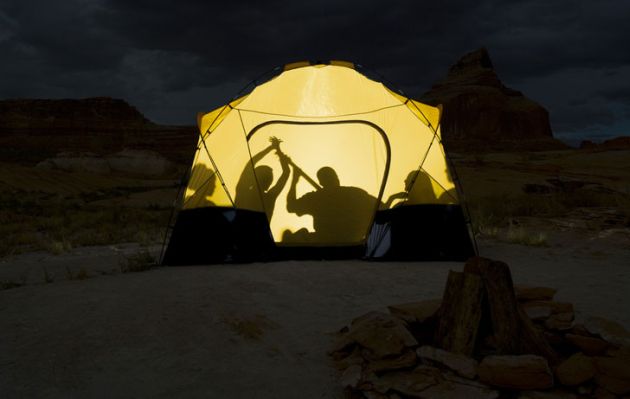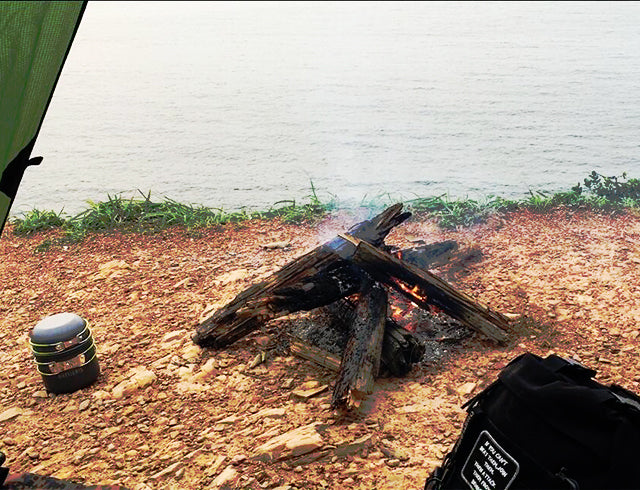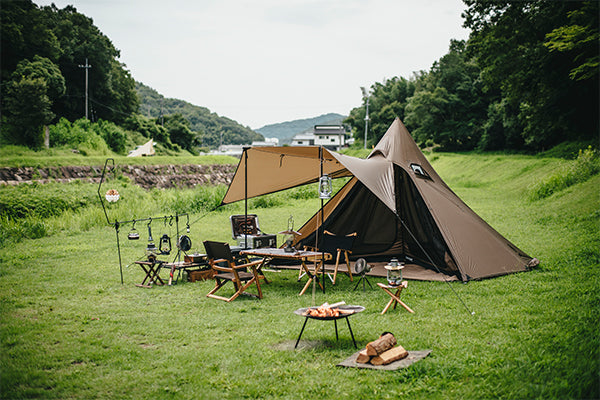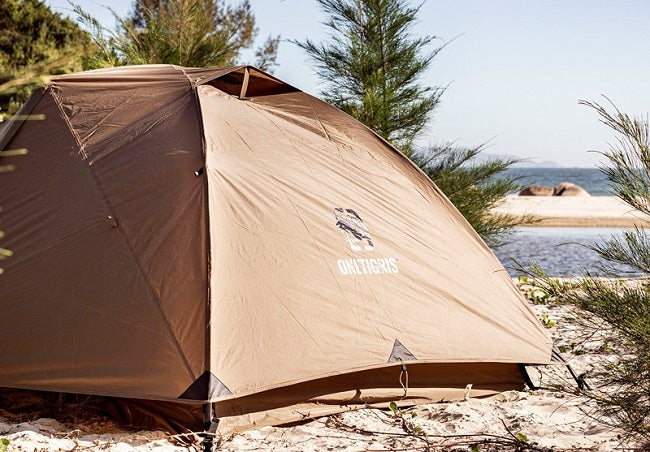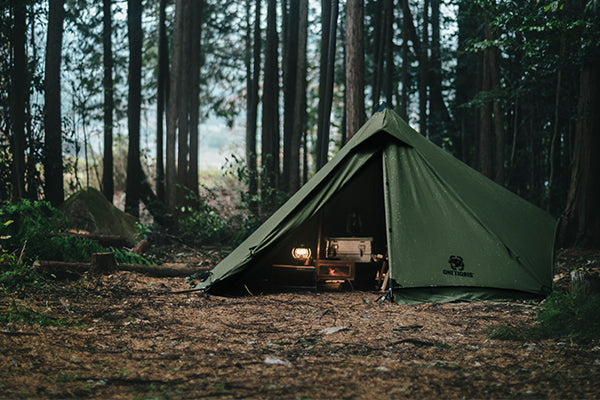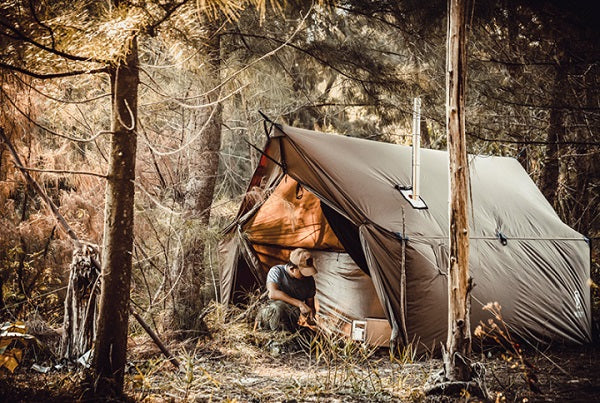Family camping lets you take a break from daily life. Picture sitting by a warm campfire, telling stories, and laughing under starry skies. These are the moments you’ll always remember.
Feeling nervous about your first trip? Don’t stress! With the best family camping tips for beginners, you’ll feel ready and excited. Camping isn’t just about nature—it’s about spending time, exploring, and having fun with family.
Key Takeaways
Pick the best camping style for your family. You can use tents for a classic trip, RVs for comfort, or cabins for both.
Find a campsite that is good for families. Look for places with playgrounds, clean bathrooms, and fun activities.
Make a camping checklist to stay prepared. Add important items like maps, first aid kits, and cooking tools for a smooth trip.
Plan easy meals that kids will like. One-pot meals and foil dinners are simple to make and clean up.
Best Family Camping Tips for Beginners: Choosing the Right Style and Location
Exploring camping styles: tent, RV, and cabin
Picking the right camping style is very important. If you like sleeping outside, a tent is a great choice. Tents are cheap, easy to carry, and feel like real camping. If your family wants more comfort, try RV camping. RVs have soft beds, a kitchen, and even air conditioning. It’s like taking a small home with you. Cabins are another option if you want comfort but still feel outdoorsy. They’re great for families with little kids or first-time campers.
Think about what your family likes best. Do you enjoy being outdoors with fewer comforts? Or do you need some modern conveniences? Choosing the right style makes the trip fun for everyone.
Key factors for selecting a family-friendly campsite
Not all campsites are good for families with kids. Look for places with playgrounds, hiking trails, and clean bathrooms. Campsites near lakes or rivers are great for swimming or fishing.
Researching locations that suit your family’s needs
Finding the best camping spot takes some research, but it’s worth it. Think about the weather and time of year. Spring and fall are great because it’s not too hot or cold. Pick places with activities your family enjoys, like hiking or stargazing.
Read online reviews to learn about safety, cleanliness, and amenities. Websites like camping.onetigris.com also have cool gear, like the Jovian Camping Tent and Dynisland Sleeping Pad, to make your trip better.
Get your family involved in planning. Ask your kids what they want to do or see. When everyone helps plan, the trip becomes more fun and special.
Best Family Camping Tips for Beginners: Planning and Packing Essentials
Creating a camping checklist for beginners
A solid checklist is your best friend when preparing for your first family camping trip. It keeps you organized and ensures you don’t forget anything important. Here’s a simple list to get you started:
Navigation tools: Bring a physical map, compass, or GPS device. A personal locator beacon is also a smart addition.
Lighting: Pack a headlamp with extra batteries. It’s a lifesaver when the sun sets.
Sun protection: Don’t forget sunscreen, sunglasses, and sun-protective clothing.
First aid kit: Include bandages, blister treatment, pain relievers, and disinfectant.
Multi-purpose knife: A multitool can handle everything from cutting rope to opening cans.
Fire-starting tools: Matches, a lighter, or a fire starter are essential for warmth and cooking.
Shelter: A reliable tent like the Jovian Camping Tent is a must. It’s lightweight, durable, and perfect for family adventures.
Extra food and water: Always carry non-perishable snacks and plenty of water.
Clothing: Pack layers to stay comfortable in changing weather.
This checklist covers the basics, but you can customize it based on your family’s needs. Involve your kids in the process—it’s a fun way to teach them about planning and responsibility.
Must-have gear: tents, sleeping pads, and cooking tools
The right gear can make or break your camping experience. Start with a high-quality tent. The Jovian Camping Tent is an excellent choice for families. It’s spacious, easy to set up, and designed to handle various weather conditions. Pair it with the Dynisland Sleeping Pad for a cozy night’s sleep. This pad is lightweight, compact, and provides excellent comfort, even on uneven ground.
Let your children participate in organizing things, which is not only a fun practical lesson, but also can cultivate their sense of responsibility. Now log in to camping.onetigris.com to get more professional equipment recommendations and start a perfect family camping trip!
Best Tips for Beginner Family Campers: Meal Planning and Cooking
Outdoor cooking doesn’t have to be hard. Choose simple meals that everyone will love. One-pot meals like pasta, chili, or stir-fry are great. They’re quick to make and easy to clean up. Or try a foil meal. Wrap chicken, veggies, and spices in foil and roast them over a fire. It’s tasty, fun, and something the kids can help prepare.Snacks are important, too. Pack granola bars, trail mix, and fresh fruit for a quick energy boost. Oatmeal with nuts or dried fruit is a healthy option for breakfast. Want something fun? Make pancakes in a small baking pan.
Essential Camping Cooking Tools
Here’s what you’ll need:Portable stove: Choose a stove with a sturdy base and adjustable flames.Cookware: Lightweight pots, pans, and a small kettle are helpful.Cutlery: Bring a spatula, tongs, and a utility knife.Cooler: Keep food fresh and easy to eat.Collapsible water container: Easy to clean and cook.One-pot meals save time and reduce cleanup. With the right tools, outdoor cooking is easy and fun.
So pack your gear, grab your family, and get outdoors! Be prepared, and your first camping trip will be a success. You’ll leave with stories to tell, tips to share, and memories to cherish.

